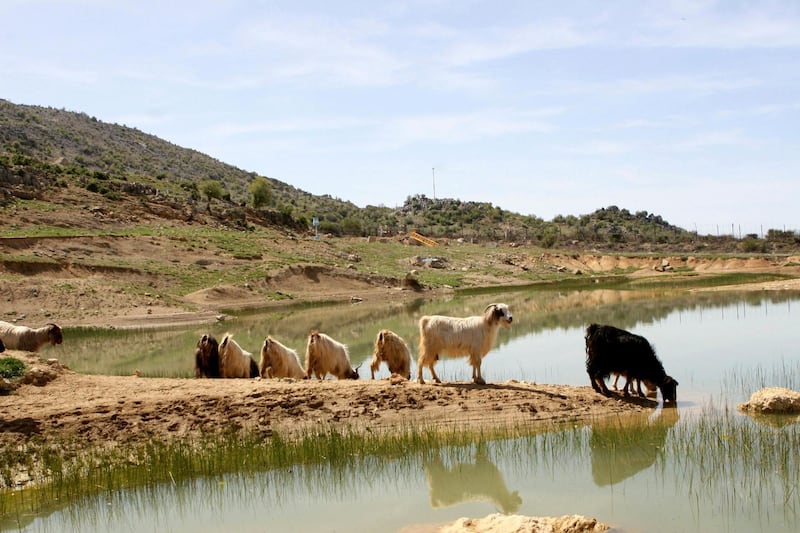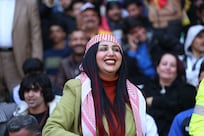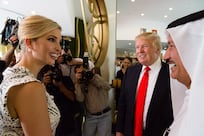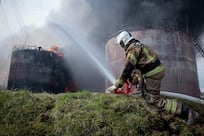For two decades, the Shebaa farms have been the epicentre of region influencing conflict, remained part of the reason Hezbollah says it cannot disarm and given Lebanese politicians of all stripes – but particularly from the Iran-backed paramilitary group – the opportunity to burnish their nationalist credentials.
Those in Beirut says the area is Lebanese territory occupied by Israel. Hezbollah says it must continue to carry arms to complete the total liberation of Lebanese lands from their archival to the south. Israel, and others including the UN, disagree over the true ownership.
But the controversy over a small strip of land just 28 square kilometres in size that houses just over a dozen abandoned farms raises and fades but continues to endure. A final settlement is, it seems, unlikely before there is a wider agreement to solve the Arab-Israeli conflict.
Where are the Shebaa farms?
The Shebaa farms are located in the South of Lebanon, close to the Hermon mountain range, in a highly volatile region where Israeli, Syrian and Lebanese borders meet.
The village of Shebaa itself is undisputedly Lebanese, but it remains unclear whether the 14 farms that span an area roughly 14 kilometres in length and 2 kilometres in width, are Lebanese or Syrian.
Israel has occupied the Shebaa farms since 1967, along with the Syrian Golan Heights. Israel annexed the latter in 1981 although it was unrecognised by the international community until March 25 this year when US President Donald Trump changed decades of American policy in the face of international condemnation.
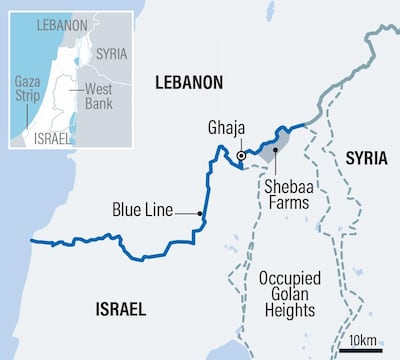
Who do the Shebaa farms belong to?
The ambiguity surrounding the area that was never fully mapped – like much of the Lebanese-Syrian border – has been largely ignored for 80 years after independence in the 1940s.
But the controversy surrounding the Shebaa farms began in earnest when Israel withdrew from south Lebanon in May 2000 in the face of a sustained and bloody Hezbollah guerrilla campaign.
On June 7, 2000, the UN published what it called the Blue Line to determine whether Israel had fully withdrawn from Lebanese territory in the absence of an officially recognised and accepted land border. The UN line was not intended to be the national boundary but rather a line showing where Israeli forces had been deployed in 1978, prior to the invasion of Lebanon.
The Shebaa Farms fell on the Israeli side of the line but the marker wasn’t meant to settle the area’s status.
While Lebanon believes the land is theirs – and is supported in the claim by neighbouring Syria – Israel says the strip is part of the Golan Heights region (and by extension Syrian territory until it annexed the area) and so would only be resolved through peace talks.
Since their annexation – and the US recognition of the move earlier this year – it seems unlikely that this could happen anytime soon.
Why does this matter?
The fact that Israeli forces did not pull back past the Shebaa Farms transformed the small strip, "almost overnight, into sacred territory," Asher Kaufman, author of Contested Frontiers in the Syria-Lebanon-Israel Region, wrote in the Palestine-Israel Journal of Politics and Culture in 2004.
The Shebaa farms almost instantly became a “major battlefield” for Hezbollah, whose identity is deeply rooted in fighting Israel, wrote Mr Kaufman.
By arguing that the Shebaa farms are Lebanese territory occupied by Israel, Hezbollah justifies its right to have an armed militia so that it can “liberate” Lebanese land.
While the dozens of other Lebanese militias handed in their weapons at the end of the 15-year civil war in 1990, Hezbollah did not. The group claims that it never took part in the internal conflict and was solely aimed at defending Lebanon from Israel and liberating occupied south. Therefore, it claims, it should remain armed until these objectives are completed.
Hezbollah and Israel have clashed numerous times since 2000, most seriously was the 34-day war in 2006.
In the Shebaa farms, Hezbollah and Israel waged a low level tit-for-tat conflict from 2000 until the 2006 war with shelling, sniper fire and incursions.
In 2015, one of the most serious incidents since the 2006 war occurred in the strip when Hezbollah units fired an anti-tank missile at an Israeli military convoy in the Shebaa farms killing two soldiers. In response, Israel fired 50 shells into Lebanon, killing a Spanish UN peacekeeper.
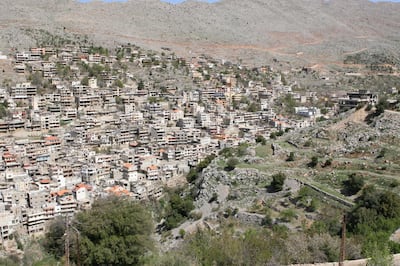
How do those involved see it?
The UN has sided with Israel and designated the area as a part of Syria. In 2006, UN Special Envoy Terje Rod-Larson said that the “Shebaa Farms area is not part of Lebanon. Therefore, any Lebanese 'resistance' to 'liberate' the area from continued Israeli occupation cannot be considered legitimate."
Syria, on the other hand, has a different view.
"Israel hoped that its withdrawal [in 2000] would allow it to close the door behind Lebanon and move forward," Mr Kaufman, who is also a professor of history and the Director of the Kroc Institute for International Peace Studies at Notre Dame University in the US, told The National. "Syria and Hezbollah had the opposite objectives: not to allow Israel to 'get away' with an easy and smooth withdrawal, particularly given the fact that Israel continued to occupy the Golan Heights."
While the area was poorly defined and so appears differently on different maps and official records, Mr Kaufman says Damascus has a strong claim to the area – if it wished.
“Syria has plenty of documents that show that the area has been under its control from the 1930s to 1967,” said Mr Kaufman. “If it released these documents, it would have to undermine Hezbollah’s claim.”
Simply put, Lebanon argues that the Shebaa farms are within its territory because, historically, the farm owners relied on Lebanese administrations and paid taxes to Beirut.
What are the historical reasons behind the dispute?
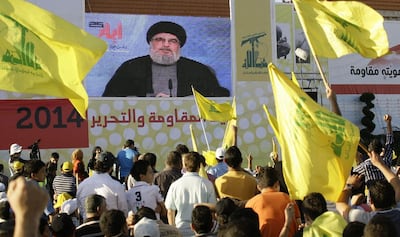
France, which held the mandate over Syria and Lebanon from the 1920s to the 1940s, is to blame for its sloppy work in delineating the borders between the two countries.
Despite the French locating the Shebaa farms within Syrian territory, residents continued to be considered as Lebanese. “They paid taxes to Lebanon and conducted all their legal and administrative affairs in [Lebanese] Hasbaya and Marjayoun, rather than in Quneitra, the contiguous Syrian regional capital,” Mr Kaufman highlighted.
According to him, the French noticed this and suggested amending the maps to reflect the reality on the ground, but nothing was ever done.
After both countries became independent in the 1940s, Syria was reluctant to solve the many border issues as that would mean recognising that its small neighbour was a sovereign state, something which Syria was loath to do.
In the early 1950s, Syria took control of the region surrounding the Shebaa farms, “imposing a de facto reality on what previously was no more than imperfectly drawn French maps”, writes Mr Kaufman.
Lebanese farmers of the Shebaa farms continued to have access to their land despite Syrian presence. That ended with Israel’s occupation of the Golan Heights in 1967.
Mr Kaufman points out that the responsibility for this ambiguity also lies with the Lebanese government who should have imposed its sovereignty on what they deemed to be the country’s entire territory when it gained independence.
But today, the issue has become part of a bigger intractable issue.
The Shebaa farms conflict is a “symptom” of the Arab-Israeli conflict, argues Mr Kauffman. “Petty issues” such as the Shebaa farms conflict can only be resolved if Israel and Syria strike a peace deal.
